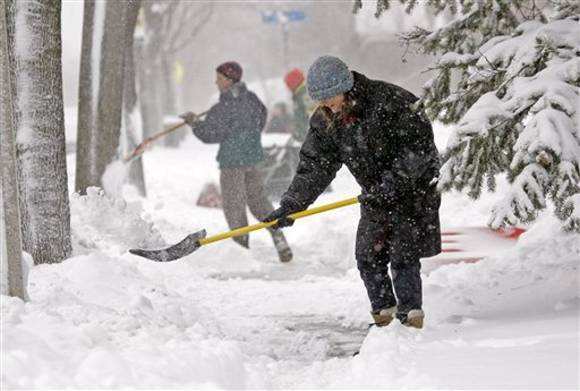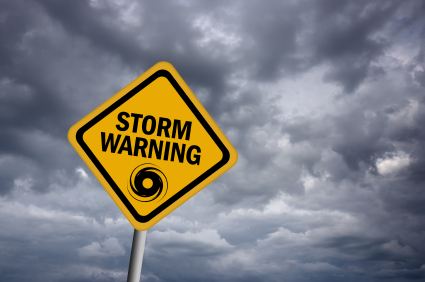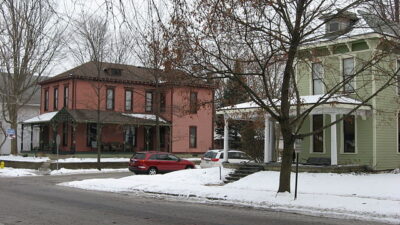11 Interesting Facts You Didn’t Know About Roofing
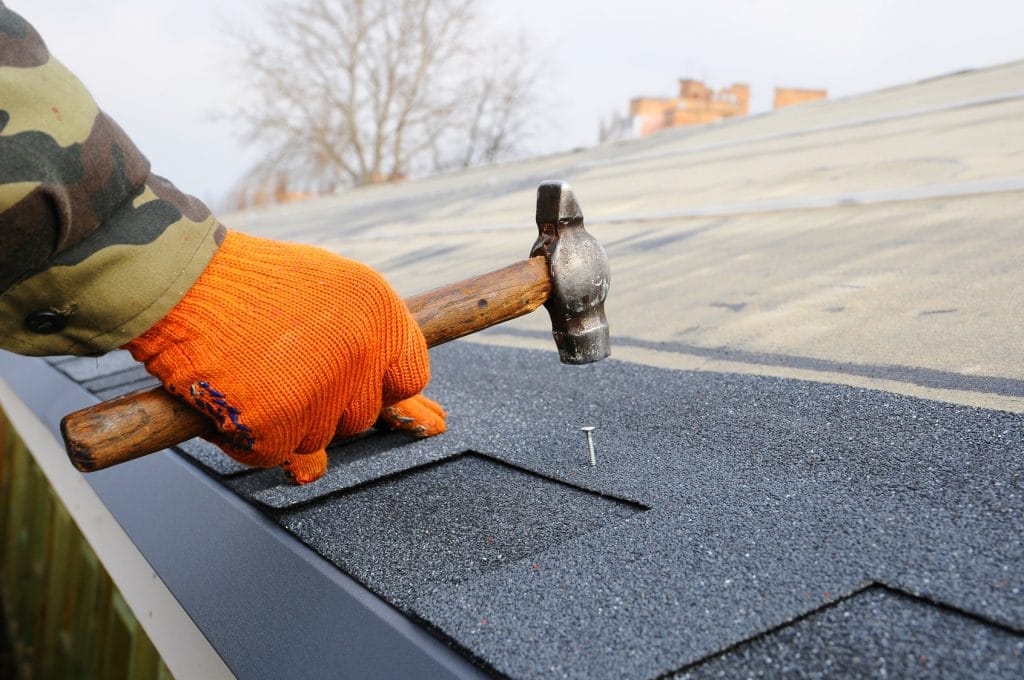
There are many different parts of a building that each has a role. One part of a home or building that rarely gets attention is the roof.
Most of the time, people think that the roof’s only purpose is to protect them from the sun and rain. However, you can find many interesting facts about roofs that will surprise anyone. Learning about the different roofing facts might help you understand its importance and why people need it in the first place.
Fact #1: The Earliest Roofs: Clay, Stone, and Thatch
When the first people grew tired of living in caves, they sought to build structures that allowed them to live in open fields while staying protected from their surroundings. They often used clay to build their walls, and then they discovered they could also use clay to construct roofing systems.
One of the oldest roofing materials discovered was a mixture of thatch, stone, and clay. Of these, thatch was the first to be used as a roofing material by people living between 5,000 and 1,800 B.C. By 10,000 B.C., people had begun using stone and clay tiles on their roofs to add more strength and durability.
Fact #2: Reed is An Excellent Weatherproof Roofing Material
As mentioned, people used thatch thousands of years ago as a roofing material. You can find that thatch has weatherproofing attributes that can keep people safe from all kinds of harsh weather elements, including rain, snow, and sleet. They used a reed to create thatched roofs, and the reed is waterproof.
When you bundle them up together, it can prevent water or snow from passing through, keeping everyone safe inside their homes. So, it’s no wonder that there are buildings with thatched roofs that still stand even after hundreds of years.
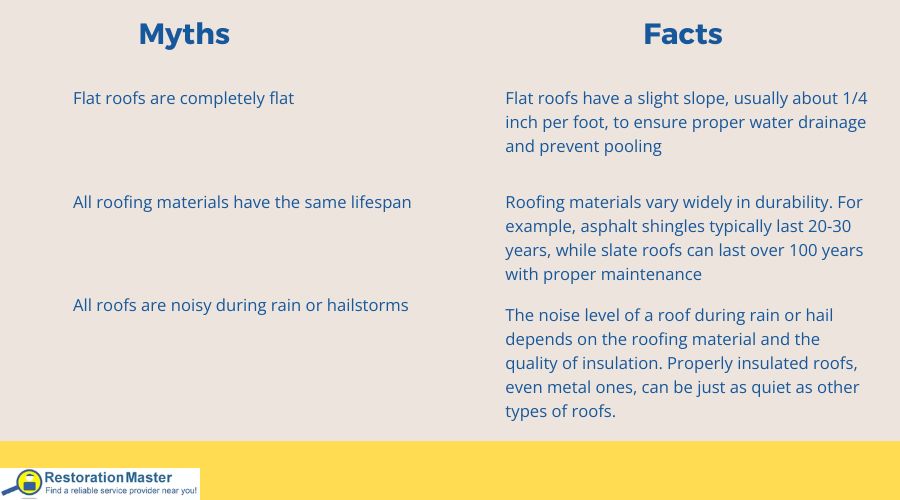
Fact #3: Red and White Cedar Shingles Are Most Common in the Pacific Northwest
Did you know that most houses in the Pacific Northwest have red and white cedar shingles? Some speculate that they most use those specific colors for their shingles because it blends perfectly with the green environment. It also doesn’t look too bright or too dull when people look at it, making it the perfect color to balance everything out of a house’s roof.
Fact #4: Wood Roofs Are the Most Expensive to Insure
When constructing a building, you need to ensure that it’s up to standard by following the different codes and regulations that make it safe, like installing equipment access doors. Doing so helps building owners get insurance coverage, which is crucial if the building experiences severe problems like fires.
But for residential buildings, insurance companies tend to charge more whenever they use dangerous materials like wood on their roof. There are still many natural buildings that utilize wood roofing, which insurance companies don’t like. It’s the reason houses with wood roofing have expensive insurance, and in some cases, don’t get any insurance at all.
Fact #5: Metal Roofing is Lighter than Wood
When you ask a person if metal is more lightweight than wood, many will guess that it is. However, roofing manufacturers found out that they can create lighter metal roofing than wood shingles. It’s because a thin sheet of metal roofing can prevent heat transfer, while the same thin wood cannot achieve the same.
Fact #6: Asphalt Shingles Are Most Popular
The first roofing material manufacturer created the first asphalt shingles in the 1900s. Any building owner knows what it is, and it’s the go-to roofing material for most residential and commercial buildings in America. Some don’t understand that many still use asphalt shingles on their facilities because of its many benefits, including fire resistance, durability, and low-cost maintenanceMaintenance is the routine care, inspection, and repair of a... More.
Fact #7: Solar Roofs Are Not Only For Sunny Climates
Solar roofs integrate photovoltaic cells into roofing materials, allowing buildings to generate electricity from sunlight. These roofs contribute to sustainable energy use and can significantly reduce electricity bills, making them an eco-friendly and cost-effective choice.
Solar roofs can generate electricity even in cloudy or overcast conditions. While they perform best in sunny climates, they are still effective in less sunny areas.
Fact #8: Traditional Green Roofs Don’t Leak
When you think about installing traditional green roofs, you quickly think it won’t prevent rainwater from passing through. However, some buildings use traditional green roofs and have superb waterproofingWaterproofing is the application of materials or coatings de... More properties because professional roofing contractors installed them correctly.
Traditional green roofs have plants and soil mixed in them during the manufacturing process, and they protect the roof from sun damage and severe temperature shifts. It also has a water barrier that can keep a building’s interior dry for many years, as long as the building owners tend to it from time to time.
Fact #9: The Weakest Spot on Your Roof is by the Flashing
A roof flashing is a thin metal material that roofing contractors usually install in buildings to redirect water away from several areas, including roof valleys and chimneys. But did you realize that it’s also the weakest area on your roof? So even when you have a roof flashing installed in those areas, the water can still find its way through the tiny gaps and get inside your home, especially with damaged shingles.
And when you leave the damaged shingles underneath the roof flashing unattended for a long time, it will start to gain dry rot that can deteriorate the roof over time and cause more issues. In addition, you can expect to spend more money on the roof repairs because of the different parts that you need fixing on the roof.
Fact #10: A Damaged Roof Will Impact Your Property’s Resale Value
A roof in poor condition can significantly decrease your home’s resale value. Potential buyers are likely to make lower offers or be completely discouraged if the roof requires major repairs or replacement. Keeping your roof well-maintained is crucial for preserving and potentially enhancing your property’s market value.
Fact #11: Flat Roofs Are Actually Not Flat
Keep these fun roofing facts in mind to assist you whenever you need some work done on your roof.










